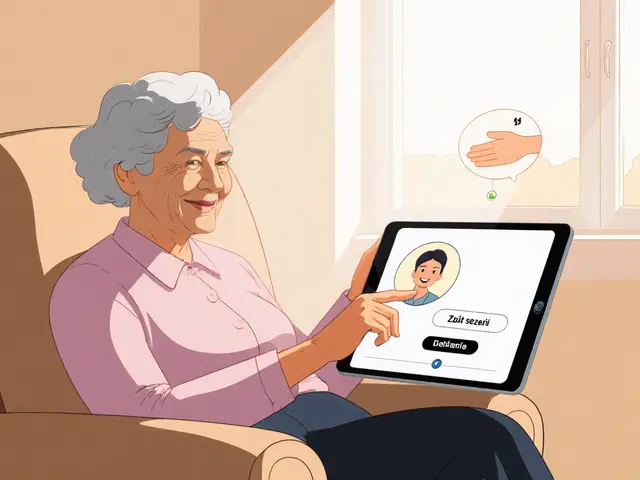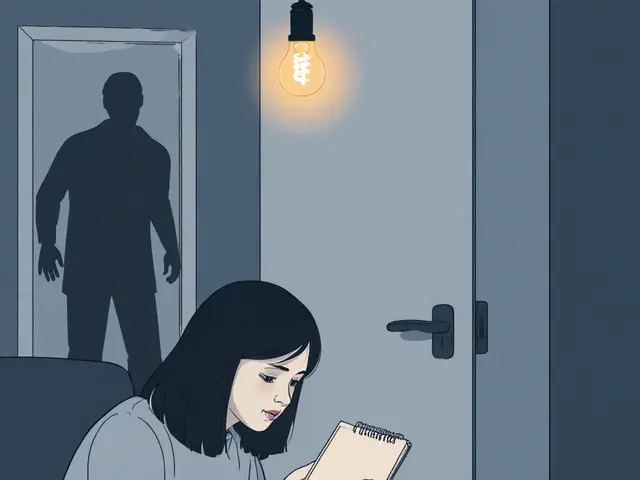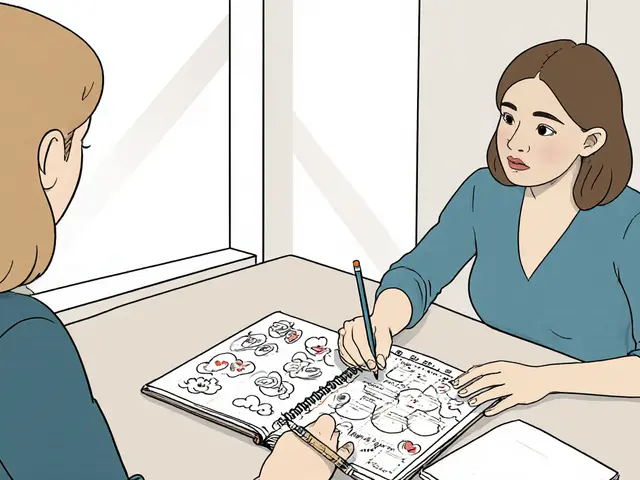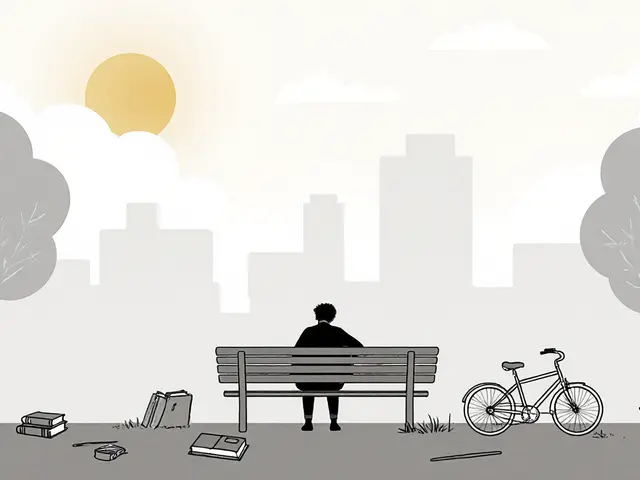Děti v terapii: Kdy a jak pomoci dítěti s emocemi, traumatem nebo chováním
When a child struggles, they don’t always have the words to say what’s wrong. děti v terapii, psychoterapeutická pomoc pro děti, která se zaměřuje na jejich vývoj, emocionální potřeby a chování v kontextu rodiny. Also known as dětská psychoterapie, it isn’t about fixing behavior—it’s about understanding the unspoken pain behind it. Many parents think, "My child is just being difficult," but behind tantrums, withdrawal, or school refusal often lies fear, confusion, or unprocessed trauma. Therapy for children isn’t a last resort—it’s a way to give them the emotional tools they never learned how to use.
Children don’t talk like adults. They play, draw, act out, or shut down. That’s why dětská psychoterapie, specifický přístup, který využívá hru, umění a příběhy místo hovoru, aby pomohl dítěti vyjádřit své pocity works differently than therapy for grown-ups. A 7-year-old won’t sit still and talk about their feelings—they’ll build a tower with blocks and knock it down. That’s their language. A skilled child therapist learns to listen to that language. And it’s not just the child who needs support—rodinná terapie, přístup, kde se terapeut zaměřuje na celou rodinu jako systém, který ovlivňuje chování dítěte is often part of the process. When parents change how they respond, the child’s behavior often changes too.
Not every difficult child needs therapy. But if your child has been withdrawn for months, suddenly starts having nightmares after a divorce, refuses to go to school, or acts out violently at home, it’s not just "phase." Trauma—even small, repeated ones like constant yelling, neglect, or moving too often—can get stuck in a child’s nervous system. And without support, it shapes how they see the world: as unsafe, unpredictable, or their own fault. Therapy helps them feel heard, safe, and understood—not by fixing them, but by helping them rebuild trust in people.
What you’ll find in these posts isn’t theory. It’s real strategies parents and therapists use: how to spot signs of trauma in toddlers, why punishment often backfires with anxious kids, how to set boundaries without breaking connection, and when family sessions make more sense than individual ones. You’ll read about how play therapy works, why some children test limits to feel safe, and how to tell if your child’s behavior is normal—or a cry for help. This isn’t about being a perfect parent. It’s about being a steady one.
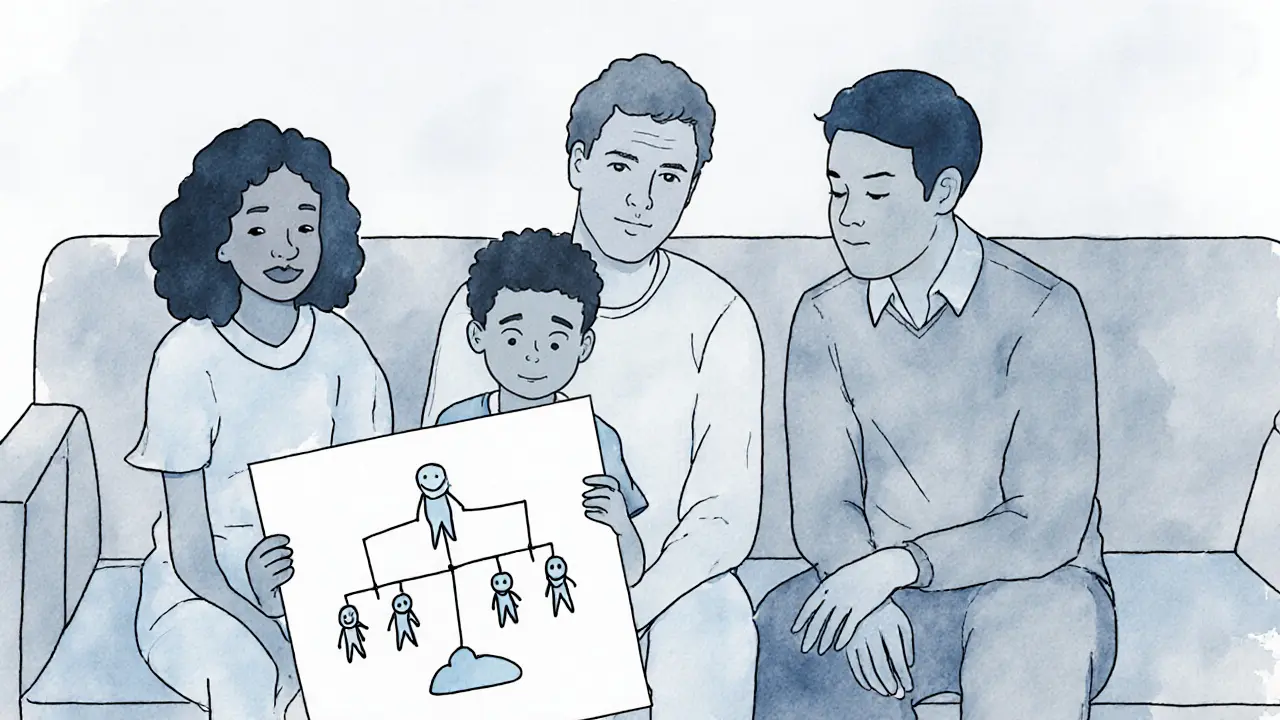
Terapie s dětmi: Kdy zapojit děti do rodinné terapie
- Od : Molly Mortimer
- Datum : čen 15 2025
Zjistěte, kdy je vhodné zapojit děti do rodinné terapie a jak tento přístup může změnit celou rodinu. Od indikátorů přes věkové rozdíly až po právní aspekty - vše jasně a bez falešných slibů.
